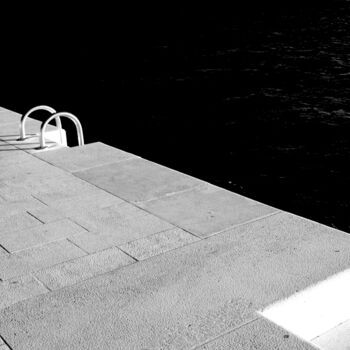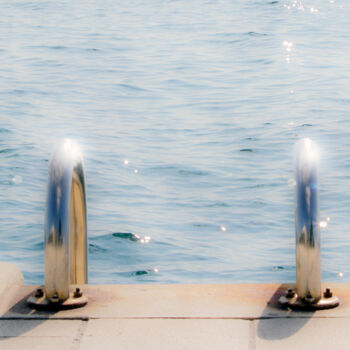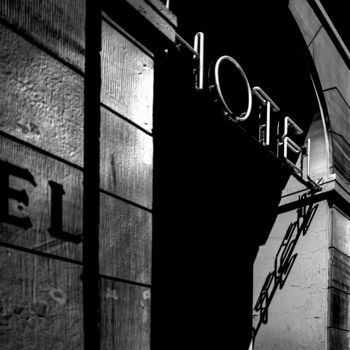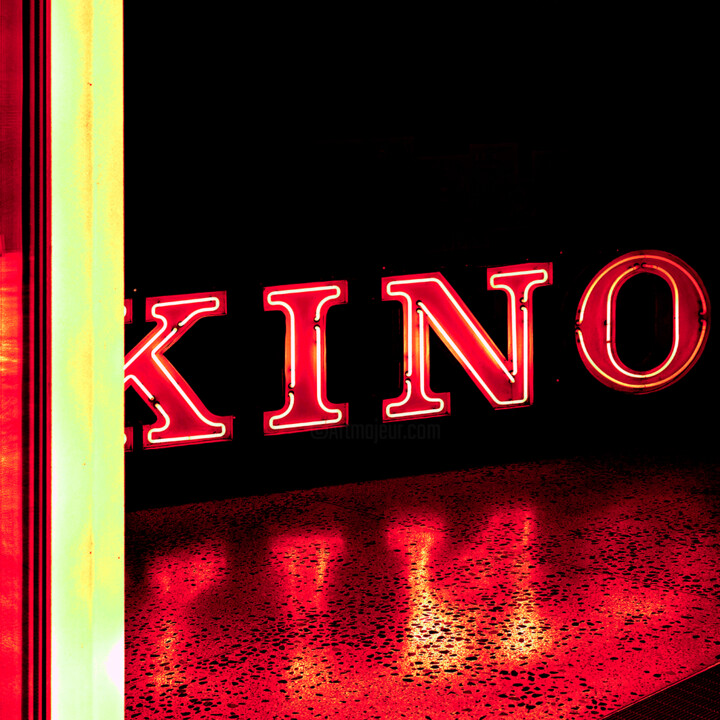

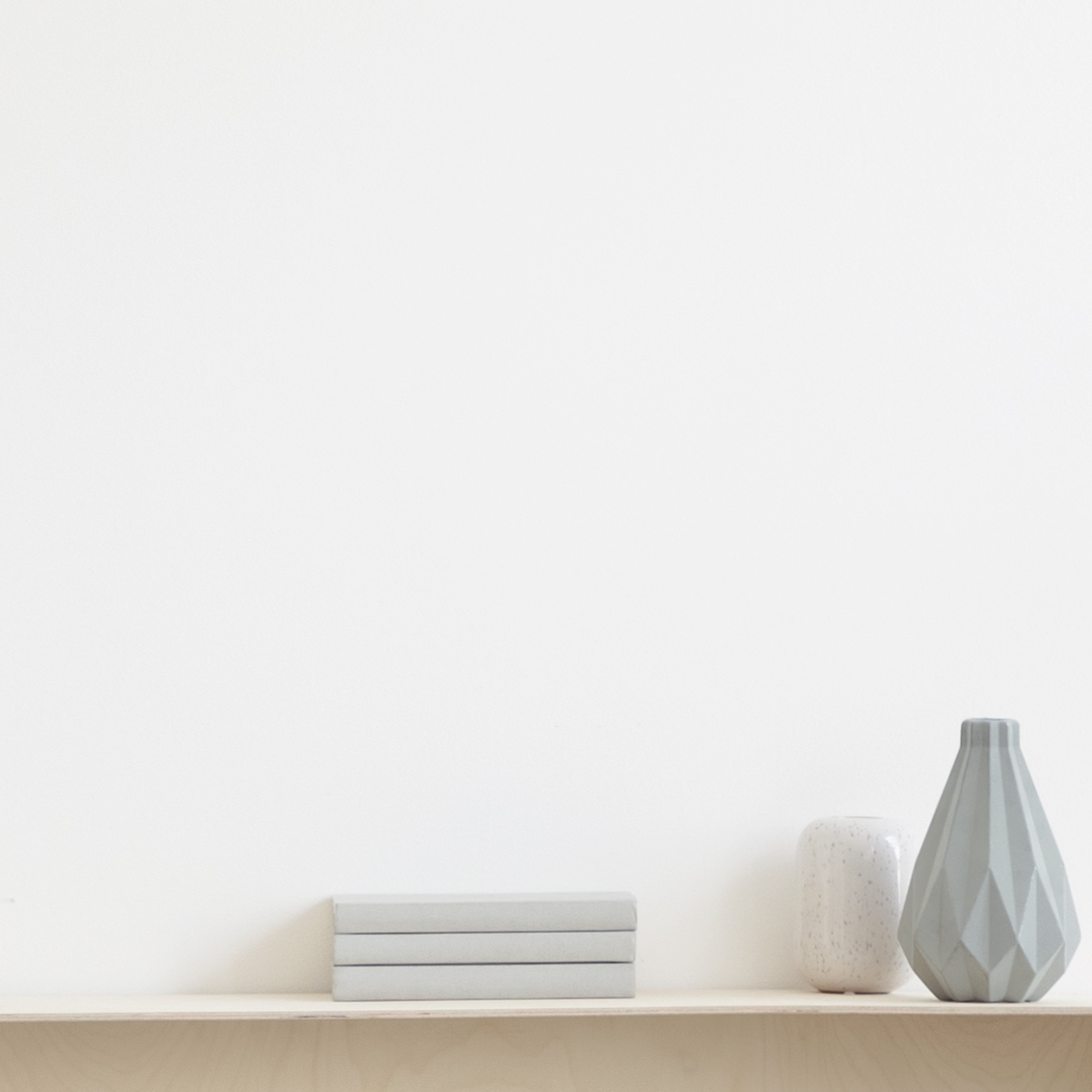
Faites-nous savoir si vous souhaitez voir plus de photos de cette œuvre !
- Arrière de l'oeuvre / Côté de l'oeuvre
- Détails / Signature / Surface ou texture de l'œuvre
- Oeuvre en situation, Autre...
CINEMA 19:43 # 16. FROM THE SERIES: CINEMA (2019) Photographie par Marta Lesniakowska
Plus d'info
- Emballage (Boîte ou emballage en carton) Toutes les œuvres sont expédiées soigneusement protégées et assurées, avec un transporteur premium.
- Suivi Suivi de commande jusqu'à la livraison à l'acheteur. Un numéro de suivi vous sera fourni afin que vous puissiez suivre le colis en temps réel.
- Délais Livraison dans le monde entier en 3 à 7 jours (Estimation)
- Douanes non incluses Le prix ne comprend pas les frais de douane. La plupart des pays n'ont pas de taxe à l'importation pour les œuvres d'art originales, mais vous devrez peut-être payer la TVA réduite. Les frais de douane (le cas échéant) sont à calculer à l'arrivée par le bureau de douane et seront facturés séparément par le transporteur.
Plus d'info
- Certificat d'authenticité en ligne traçable Les certificats d'authenticité peuvent être vérifiés en ligne à tout moment en scannant le code de l'oeuvre.
- Certification de la cote artiste Les experts étudient l'œuvre et la carrière d'un artiste puis établissent une cotation moyenne indépendante et fiable. La cotation moyenne permet de situer l'artiste sur une gamme de prix pour une période donnée. Les experts peuvent également être sollicités pour établir une estimation plus précise pour une œuvre en particulier.
Plus d'info
Paiement 100% sécurisé avec un certificat SSL + 3D Secure.
Plus d'info
-
Édition limitée (n°1/5)
Photographie,
Photographie numérique
/
Photographie non manipulée
/
Impression numérique
sur Papier
- Dimensions Hauteur 15,8in, Largeur 15,8in
- État de l'œuvre L'oeuvre est en parfait état
- Encadrement Cette oeuvre n'est pas encadrée
- Catégories Photographies à moins de 5 000 $US Minimalisme Ville
Pole obrazowe tej minimalistycznej fotografii z neonem nieczynnego kina zbudowane zostało ze słowa, geometrii, diagonali i znanej ze stylu film noire gry światło-ciemność. Z drugiej strony agresywny kolor słowa-obrazu jako ekwiwalentu kina jest powiązane z analogową estetyką fotografii barwnej lat sześćdziesiątych-osiemdziesiątych XX wieku i sztuki artystów popkulturowych, którzy stosowali słowa jako narzędzia estetyczne, czasem przekształcane w abstrakcyjne formy bez dosłownego znaczenia. Moja fotografia dialoguje więc z fotografią Williama Egglestona i z obrazami-słowami Eda Ruschy, prekursora kultury słów w ruchu, „nieustraszonego badacza języka i obrazu”. Ten anachronizm ma w mojej fotografii znaczenie. Pulsująca czerwień neonu wyłania się z obramowanej żółtą ramą czarnej pustki i powiela w zmętnionym odbiciu posadzki, determinując, jak w teście Rorschacha, psychofizjologię percepcji. Ewokuje poczucie spleenu, melancholii i widmowości przywołującej anachronicznie etos modernistycznego kina z jego atmosferą ciemnej sali kinowej, interpretowanej jako prefiguracja platońskiej jaskini. Jej obrazowym ekwiwalentem jest „New York Movie” Edwarda Hoppera (1939) z postacią samotnej bileterki w niemal pustej żółto-czerwonej sali kinowej. Moja fotografia jest metamodernistyczną grą z melancholijną poetyką hopperowskiego spojrzenia i kierując wzrok widza poza obraz odnosi się do jego istoty: problemu ramy jako parergonu, marginesu koniecznego, by ustanowiona została widzialność przedmiotu, jak pisze Mieke Bal za Derridą. Rama, zauważa z kolei Gilles Deleuze, dokonuje deterytorializacji obrazu, czyniąc go fragmentem sytuacji niedookreślonej, z której został wycięty stając się „drugim tekstem”, niezależnym od tego, co widzimy. W dekadrażu więc, od tego co widoczne, bardziej znaczące jest to, co znajduje się poza ramą, ukryte w mroku, widmowe, a co w perspektywie psychoanalitycznej jest wizualnym kluczem do semantyki „wyobrażonego znaczącego” (Christian Metz). Moja fotografia dotyczy więc samych podstaw kina i obrazu. Odsłania i zarazem skrywa swoją wielowarstwowość i nieoczywistość, transmediując na różnych poziomach równocześnie z kulturową tradycją kina i z obrazem Hoppera, w którym reżyser Sam Mendes dostrzegł, jak światło i cień „tworzą coś więcej niż tylko nastrój; ukrywają lub ujawniają myśli i emocje. […] Zaczynasz wyobrażać sobie, co znajduje się po obu stronach kadru, […] co znajduje się poza kamerą". Oraz, last but not least, oniryczną atmosferą ostatniego seansu filmowego w dystopijnym wnętrzu kina w filmie „Goodbye, Dragon Inn” z 2003 roku Tsai Ming-lianga.
Te złożone relacje są tematem mojego fotograficznego sequela zarówno obrazu Hoppera, jak filmu Tsai Ming-lianga. Kino, zredukowane do neonowego słowa jako jego (kina) obrazu ekwiwalentnego, zostaje jednak przeniesione w dzisiejszy kontekst kultury akceleracji społeczeństwa usieciowionego, gdzie daje się obserwować „paradoksalna płodność anachronizmu” (Didi-Huberman): ponowna potrzeba cielesnego doświadczania sali kinowej jako prymarnej przestrzeni w historii kina. Moja fotografia to zatem metamodernistyczna transmediacja z modernistyczną tradycją, poprowadzona po to, by pytać, czy i jak rezonuje ona w dzisiejszej kulturze XXI wieku. (ml)
Fotografia wyróżniona przez kuratora Artmajeur w dziale Ekskluzywne galerie 2023: "Czerwony"
The cinema, as well as the car park, the hotel, the night bar and the shop windows are canonical figures that define the modernist city, whose vision, imagery was constructed in its own aesthetic way by modernist painting, photography and film.
The pictorial field of this minimalist photograph with the neon sign of a defunct cinema was constructed from words, geometry, diagonals and the play of light and dark known from the film noire style. On the other hand, the aggressive colour of the word-image as equivalent to the cinema is linked to the analogue aesthetic of 1960s-eighties colour photography and the art of pop culture artists who used words as aesthetic tools, sometimes transformed into abstract forms without literal meaning. My photography thus dialogues with the photography of William Eggleston and with the images-words of Ed Ruscha, a precursor of word culture in motion, a 'fearless explorer of language and image'. This anachronism is significant in my photography. The pulsating red of the neon sign emerges from the yellow-framed black void and replicates in the cloudy reflection of the floor, determining, as in a Rorschach test, the psychophysiology of perception. It evokes a sense of spleen, melancholy and spectrality recalling anachronistically the ethos of modernist cinema with its atmosphere of the dark cinema room, interpreted as a prefiguration of a Platonic cave. Its pictorial equivalent is Edward Hopper's 'New York Movie' (1939) with its figure of a lone ticket taker in an almost empty yellow and red cinema hall. My photograph is a metamodernist play with the melancholic poetics of the Hopperian gaze and, by directing the viewer's gaze beyond the image, it addresses its essence: the problem of the frame as parergon, the margin necessary for the visibility of the object to be established, as Mieke Bal writes after Derrida. The frame, Gilles Deleuze notes in turn, performs a deterritorialisation of the image, making it a fragment of the underdetermined situation from which it has been cut by becoming a 'second text', independent of what we see. In decadrage, then, what is more significant than what is visible is what is outside the frame, hidden in darkness, spectral, and which, in a psychoanalytic perspective, is the visual key to the semantics of the 'imagined signifier' (Christian Metz). My photography thus concerns the very foundations of cinema and the image. It reveals and at the same time conceals its multilayeredness and non-obviousness, transmediating on different levels simultaneously with the cultural tradition of cinema and with Hopper's painting, in which director Sam Mendes saw how light and shadow 'create more than a mood; they hide or reveal thoughts and emotions. [...] You begin to imagine what is on either side of the frame, [...] what is off-camera". And, last but not least, the dreamlike atmosphere of the final film screening in a dystopian cinema interior in Tsai Ming-liang's 2003 film “Goodbye, Dragon Inn”.
These complex relationships are the subject of my photographic sequel to both Hopper's painting and Tsai Ming-liang's film. Reduced to the neon word as its (cinema's) equivalent image, the cinema is nevertheless relocated to today's context of the accelerating culture of a networked society, where the 'paradoxical fecundity of anachronism' (Didi-Huberman) can be observed: the renewed need for the bodily experience of the cinema room as a primordial space in the history of cinema. My photography is thus a metamodern transmediation with the modernist tradition, guided to ask if and how it resonates in today's 21st century culture. (ml)
Photograph featured by curator Artmajeur in Exclusive Galleries 2023: "Red"
Collector's photography color/ digital on archival paper Hahnemühle Photo Rag Baryta 315g (semi-flash), archival paper, acid-free/ signed on the front and on the back / dated 2019/print BAT (bon a tirer) 2023/ Format 40x40 cm on a paper 50x50 cm
Thèmes connexes
KinoWilliam EgglestonEd RuschaEdward HopperFotografia Kolorowa
Marta Lesniakowska est une artiste photographe mais aussi, en même temps, historienne et critique d'art, elle fait des recherches sur la culture visuelle. C'est ce qui détermine son approche de la photographie : une stratégie du "regard qui se souvient", qui rappelle des images familières de l'histoire de l'art afin de les transmettre/intertextualiser. Son dialogue avec eux consiste à ce qu’elle se demande s'il est possible d'évoquer leurs significations et ce qu'ils sont ou peuvent être aujourd'hui. Elle est fasciné par la lumière - son rôle dans la construction de l'image, le parergon qui crée l'image. C'est pourquoi, dans la photographie de rue, elle analyse le jeu de la lumière et de l'obscurité, la relation entre le net et le flou et l'interpénétration des images comme des réalités simultanées. De cette façon, elle fait ressortir le caractère mystérieux de la ville, en se référant à l'esthétique du cinéma noir et au maître de la photographie de rue du XXe siècle, Saul Leiter.(ml)
Lorsque elle photographie, rien n'est plus ou moins important pour elle ; son regard est souvent régi par les principes des poètes minimalistes : une économie de détails, la découverte de sous-textes et d'insinuations cachés dans des objets invisibles et des morceaux de la réalité quotidienne.
Marta Lesniakowska vit et travaille en Pologne. Ses œuvres font partie de collections publiques (Musée national de Wroclaw, Musée de Bydgoszcz) et de collections privées (Pays-Bas, Danemark, Allemagne, Suède, Suisse, États-Unis).
-
Nationalité:
POLOGNE

- Date de naissance : date inconnue
- Domaines artistiques: Oeuvres d’artistes professionnels,
- Groupes: Artiste professionnel Artistes Contemporains Polonais




